When it comes to the world of music and cultural celebrations, few events can boast the sheer magnitude and fervor that the Glastonbury Festival does.
Held annually in the rolling hills of Somerset, this festival has grown from a humble gathering to an iconic symbol of musical diversity and cultural inclusivity.
But what sets Glastonbury apart in the global festival scene is not just its rich lineup or its vibrant atmosphere—it’s the colossal size of its venue and the unparalleled experience it offers.
Let’s discuss the scale of Glastonbury, comparing it to other festivals around the world, and discover what makes it a giant among giants in the festival landscape.
Key Highlights
- Glastonbury Festival’s site spans 1,100 acres, making it one of the largest music festivals in the world, comparable in size to a small city.
- The festival accommodates around 210,000 attendees, offering over 100 stages and a vast array of food stalls, bars, and amenities.
- Glastonbury’s size not only provides a diverse range of music and cultural experiences but also poses unique logistical and environmental challenges.
- The festival’s commitment to sustainability is evident through initiatives like reducing plastic use and promoting public transportation.
- Glastonbury serves as a cultural and social beacon, inspiring other festivals worldwide with its scale, organization, and focus on community and environmental responsibility.
The Scale of Glastonbury
Imagine an area spanning 1,100 acres; that’s approximately 500 football pitches combined.
This is the size of the Glastonbury Festival site, a sprawling expanse that becomes the fourth-largest city in the southwest of England for five days each June.
With over 100 stages and venues, more than 500 food stalls, over 100 bars, and more than 4,000 toilets, Glastonbury transforms into a bustling metropolis dedicated to celebrating the arts. While smaller in size, Creamfields festival is another event worth mentioning.
More Than Just Numbers
The festival is encircled by eight miles of fencing and boasts over 40,000 rubbish bins to maintain cleanliness.
This meticulous attention to infrastructure highlights the festival’s commitment to sustainability and efficiency.
When placed over central London, the Glastonbury site stretches from King’s Cross to Covent Garden, surpassing the sizes of both Hyde Park and Regent’s Park.
This comparison not only showcases the festival’s immense scale but also its significance as a cultural and social landmark.
Glastonbury vs. Other Festivals
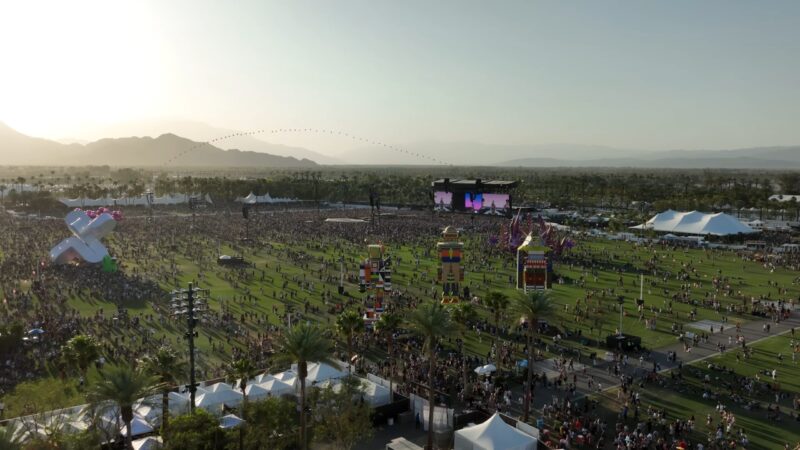
To truly appreciate the size of Glastonbury, it’s crucial to compare it with other renowned festivals worldwide.
Coachella
Coachella, held in Indio, California, is another titan in the festival world, renowned globally for its eclectic lineup and art installations.
Spanning over 500 acres, Coachella is massive in its own right but still falls short of Glastonbury’s vast expanse.
Coachella attracts around 250,000 attendees across two weekends, showcasing the different scales and models of festival organization.
Tomorrowland
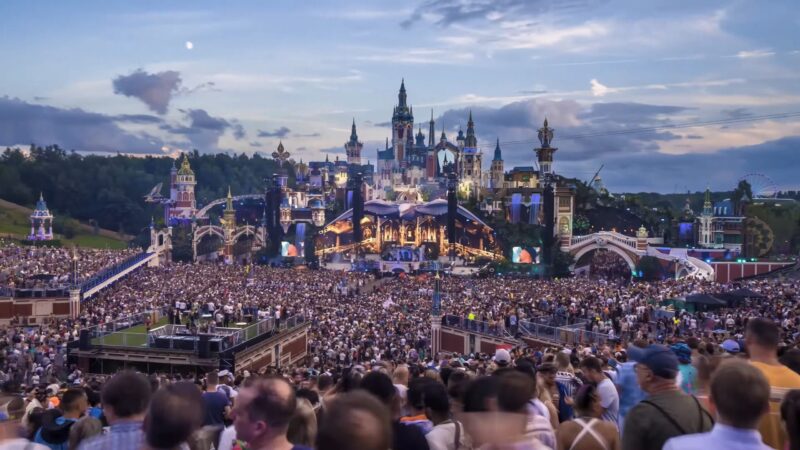
Tomorrowland in Boom, Belgium, is a testament to the universal appeal of electronic dance music, with its elaborate stages and immersive experiences.
Covering about 75 acres and attracting over 400,000 people across two weekends, Tomorrowland emphasizes quality over quantity, focusing on creating an otherworldly atmosphere rather than sprawling expanses.
Burning Man
Burning Man, set in the Black Rock Desert of Nevada, is more than a music festival; it’s a community-driven event focused on self-expression and sustainability.
The event covers roughly 4,400 acres, making it larger in physical size than Glastonbury.
However, Burning Man’s open desert setting and its emphasis on art and community offer a different kind of vastness, one that is more about the expansiveness of experience than the physical ground covered.
What Makes Glastonbury’s Size So Special?
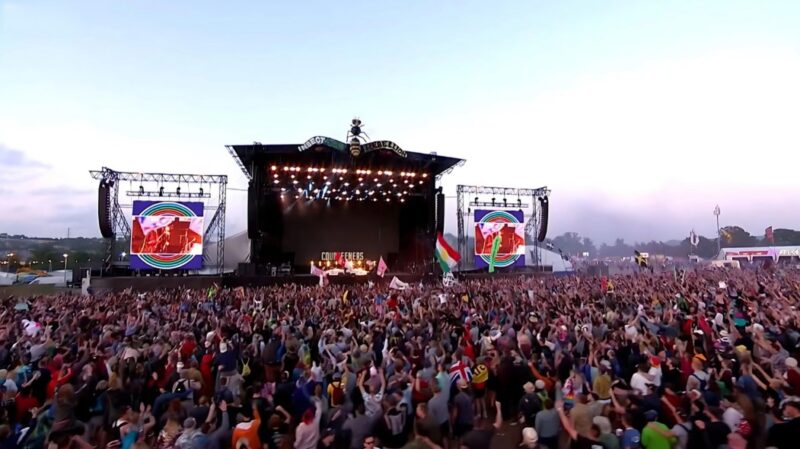
The sheer physical size of Glastonbury is impressive, but it’s the festival’s ability to fill this space with a diverse array of music, performances, and cultural activities that truly sets it apart.
Glastonbury’s scale allows for an unparalleled variety of experiences, from intimate acoustic sets to grandiose headlining performances, all within the same venue.
- A Festival City of Its Own: During the festival, Glastonbury becomes a temporary city, complete with its own infrastructure, communities, and culture. This transformation is a monumental logistical feat, demonstrating the festival’s commitment to creating an inclusive and immersive environment for all attendees.
- The Impact on Somerset and Beyond: Glastonbury’s size and success have a significant impact on the Somerset region and the wider music and cultural community. The festival not only boosts the local economy but also places Somerset on the international stage, drawing attention to the area’s rich cultural heritage and vibrant contemporary scene.
- Balancing Growth and Sustainability: As Glastonbury continues to evolve, questions about sustainability, environmental impact, and community engagement become increasingly important. The festival’s organizers are continually exploring ways to balance growth with responsibility, ensuring that Glastonbury remains a beacon of cultural celebration and innovation.
The Cultural Significance of Glastonbury’s Size
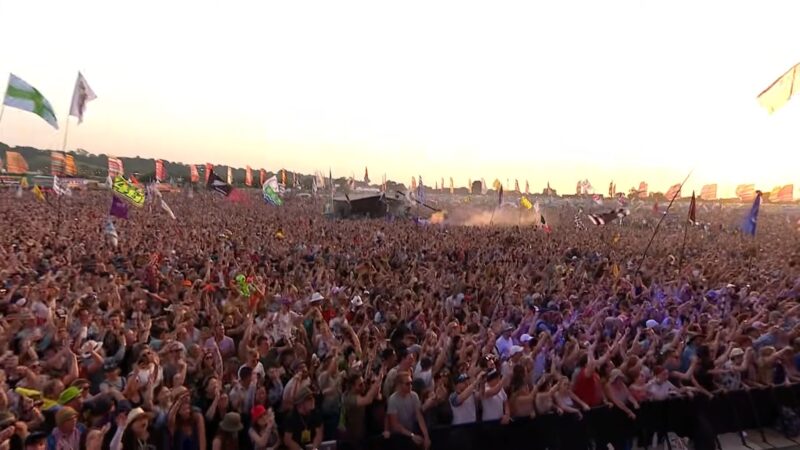
The size of Glastonbury is not just a logistical detail; it’s a reflection of the festival’s cultural significance.
Glastonbury has become a symbol of the power of collective experience, a place where people from all corners of the globe come together to celebrate, learn, and connect.
This cultural significance extends beyond the festival itself, influencing music, art, and community events worldwide.
A Platform for Change
Glastonbury’s vast stage offers a platform for artists to share not just their music but their messages, reaching a global audience.
The festival has historically been a site for activism, from environmental campaigns to social justice movements.
In this way, Glastonbury’s size amplifies voices that might otherwise go unheard, making it a powerful force for change.
Inspiring Other Festivals and Events
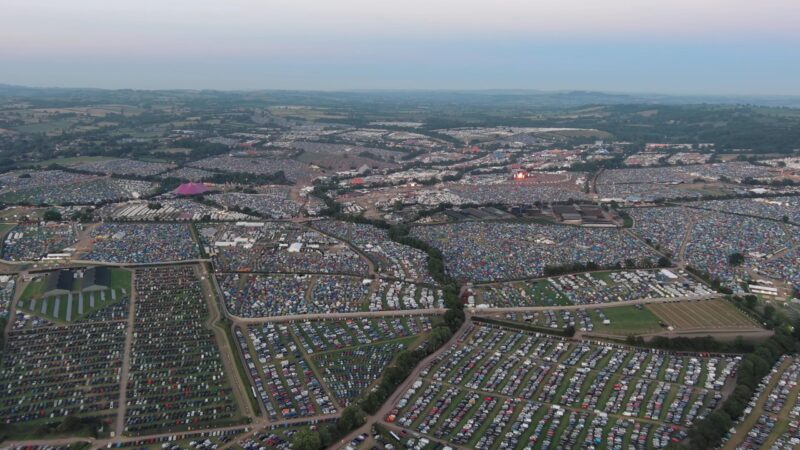
The success and scale of Glastonbury serve as an inspiration to festivals and events worldwide.
It shows what is possible when a community comes together to create something extraordinary, setting a high standard for organization, innovation, and impact.
Glastonbury encourages other events to think bigger, not just in terms of size but in ambition, creativity, and purpose.
FAQs
Can you camp anywhere within the Glastonbury Festival site?
No, camping is only allowed in designated areas, which are allocated on a first-come, first-served basis. The festival provides a variety of camping options, including family and quiet zones.
How does Glastonbury Festival manage traffic and transportation for such a large number of attendees?
Glastonbury works closely with local authorities to manage traffic flow, offering shuttle services from nearby train and bus stations, encouraging car sharing, and providing extensive bike parking facilities.
Are there any age restrictions for attending Glastonbury Festival?
There are no age restrictions; Glastonbury is a family-friendly festival. However, attendees under 12 years old must be accompanied by an adult, and there are specific areas and performances tailored for younger audiences.
How does Glastonbury Festival ensure the safety and security of its attendees?
The festival employs a comprehensive security plan, including perimeter fencing, security patrols, CCTV, and strict access controls. Additionally, there are numerous medical and welfare facilities on site.
Does Glastonbury Festival offer any digital or virtual experiences for those unable to attend in person?
Yes, Glastonbury has offered live streaming of performances and virtual tours in past years, allowing fans worldwide to experience the festival remotely.
Final Words
Glastonbury Festival’s size is a testament to its status as a world-famous, beloved event that captures the imagination of people from all walks of life.
Its ability to maintain a sense of community and shared experience on such a massive scale is truly remarkable.
Comparing Glastonbury to other festivals around the world highlights not just its physical size but the immense impact it has on the music industry, cultural expression, and collective consciousness.
As we look to the future, Glastonbury stands as a colossal reminder of the power of music and art to bring people together, challenging us to believe in the possibility of a more connected, vibrant world.
